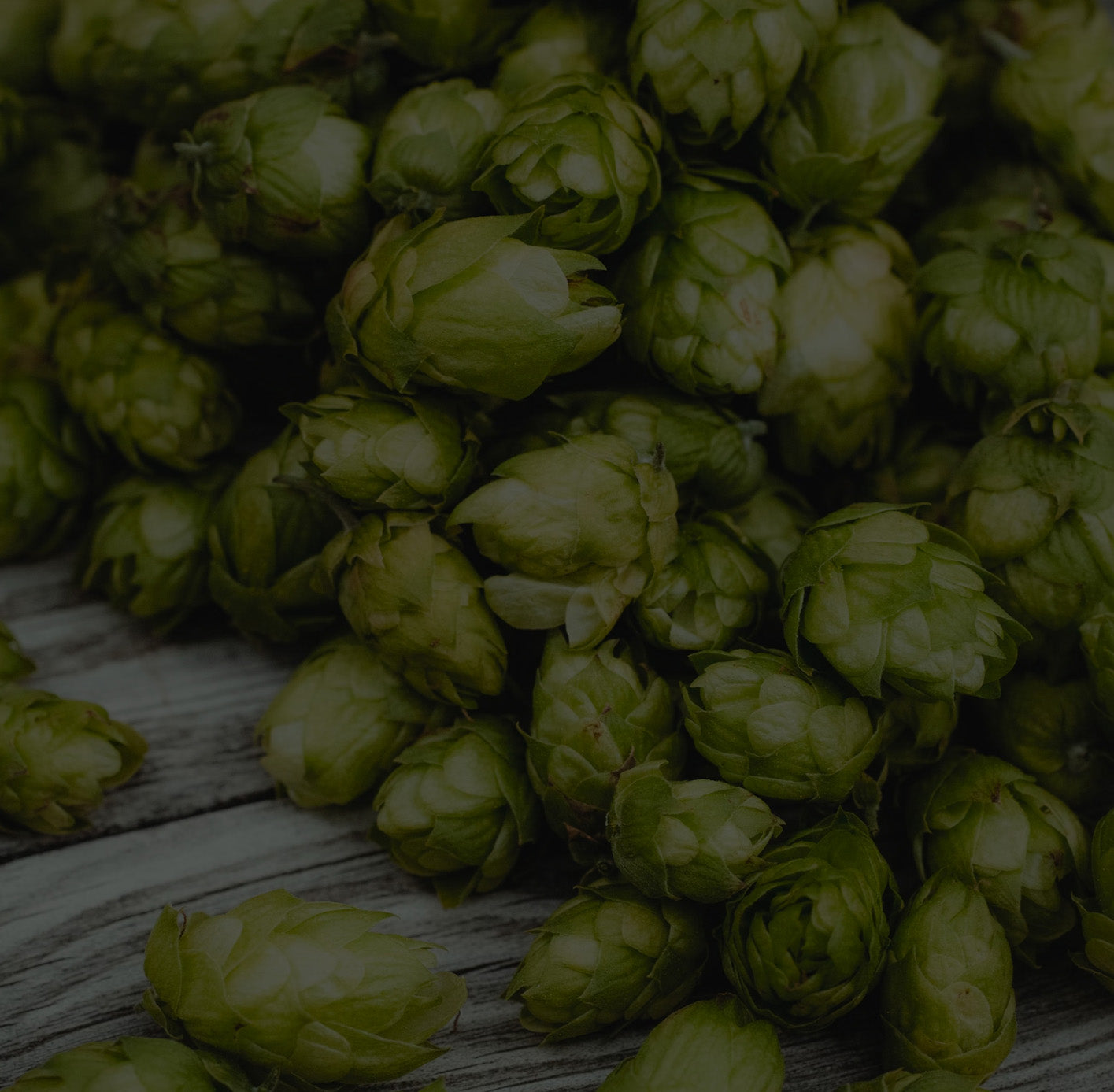Beer is one of the most popular alcoholic beverages in the world. Over 10,000 breweries operate in the United States alone, producing more than 150 million barrels of beer per year. With so many options to choose from, it helps to understand the major categories and styles of beer. This guide walks through the different beer types, their flavor profiles, and origins.
There are two overarching categories that most beers fall into: ales and lagers. The category depends on the type of yeast and fermentation process used. From these two families stem a wide range of unique beer types. Let’s dive in.
Ales
Ales are super popular due to their fruity, complex flavors that come from the ale yeast's preference for warmer fermentation temperatures. This versatility allows brewers to produce many different ale styles like pale ales, stouts, and wheat beers that beer drinkers love. Here are some of the most common ales.
Pale Ales
Pale ales were first brewed in England and are known for their light, golden or copper color. They use pale malt and ale yeast, which produces fruity esters and creates a mild, bitter flavor.
Popular styles include English pale ale, American pale ale, and India pale ale. Sierra Nevada Pale Ale is one of the most widely distributed American pale ales.
How To Make Pale Ales
- Use a grain bill of pale malt, crystal malt, and a small portion of caramel malt
- Target an OG of 1.045-1.060 and IBUs of 30-50
- Hop at beginning of boil, then add more aroma hops late in boil and dry hop
India Pale Ales (IPAs)
Originating in England, IPAs are a hoppy, bitter version of pale ale. Historically brewed with extra hops for preservation on voyages to India, they typically have an alcohol content between 5-7%.
Many contemporary IPAs focus on enhancing citrus, pine, and tropical fruit hop flavors. Some of the most popular brands are Lagunitas IPA and Ballast Point Sculpin IPA.
How To Make IPAs
- Increase pale malt and lower caramel malt
- Shoot for a higher OG of 1.060-1.075 and IBUs of 60+
- Heavily hop with additions throughout boil, whirlpool, and dry hopping
Brown Ales
Brown ales range from reddish-brown to dark brown in color. They get their flavor from roasted malt, with notes of chocolate, caramel, nuts, and coffee.
English brown ales like Newcastle Brown Ale tend to be sweeter and milder, while American brown ales like Brooklyn Brown Ale have more pronounced roastiness and hoppiness.
Wheat Beers
Wheat beers are brewed with a high proportion of wheat, replacing some of the barley malt. This gives them a hazy, smooth texture.
In Germany, wheat beer styles like Hefeweizen and Dunkelweizen are often flavored with banana and clove-like phenols. American wheat beers tone down the yeasty flavors in favor of citrus and tart notes. Popular wheat beers include Weihenstephaner Hefeweissbier and Widmer Brothers Hefeweizen.
Sour Ales
Sour ales trace their origins to Belgium, where wild yeasts and bacteria purposefully added during fermentation create high levels of acids and sourness.
Fruits like cherries or raspberries complement the tartness. Popular examples are Petrus Sour and Rodenbach Caractère Rouge. The flavor profile ranges from vinegary to mildly tart and fruity.
Lagers
Lagers are widely enjoyed due to their crisp, clean taste that the lager yeast produces from cold fermentation. The colder temperatures result in refreshing lagers like pilsners, light beers, and märzen. They’re drinkable and satisfying. Here’s some of our favorites.
Pilsners
Originating in the Czech Republic, pilsners are light straw to golden colored lagers noted for their refreshing bitterness and crisp finish. They are brewed with soft water, Saaz hops, and pale malts.
Pilsners have lower alcohol content around 4-5% ABV. The original is Pilsner Urquell, but other widely available pilsners are Miller Lite and Stella Artois.
How To Make Pilsners
- Use soft water and light malt to achieve crisp, dry flavor
- Noble hops like Saaz, Hallertau add herbal, floral notes
- Ferment cool and lager for 4-6 weeks at near freezing temp
Amber/Red Lagers
Amber and red lagers get their distinctive color and caramelized malt flavors from kilning the malt at higher temperatures. They have a medium body and slight sweetness balanced with light hop bitterness.
First brewed in Germany, popular brands include Yuengling Traditional Lager, and Killian’s Irish Red.
How To Make Amber Lagers
- Toast Munich or Vienna malts longer to achieve rich amber hues
- Balance sweet maltiness with just enough hop bitterness
- Lower fermentation temp to highlight clean lager characteristics
Dark Lagers
Dark lagers encompass several styles of fuller-bodied, darker beer including Schwarzbier, Dunkel, and Bock. All originated in Germany. Malts toasted longer impart flavors of chocolate, coffee, toast, and licorice.
Dark lagers have higher alcohol content, typically 5-7% ABV. Examples are Shiner Bock, Warsteiner Dunkel, and Samuel Adams Black Lager.
Final Thoughts
Part of the appeal of home brewing is the ability to create all different styles of craft beer yourself. Dialing in the specific ingredients and processes for each style is very rewarding. Keep good brewing notes so you can tweak recipes batch to batch. With some practice, you'll be brewing all the different beer styles at home. Grab your beer making kit and start experimenting!





Leave a comment